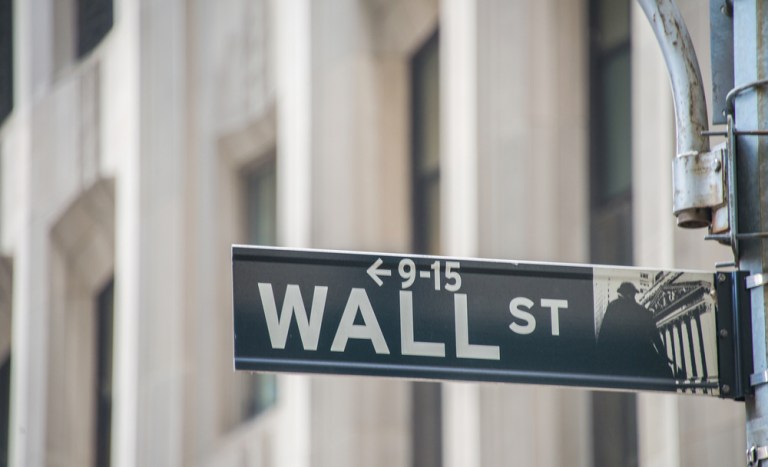
2015 saw stocks gyrate on central bank policy switch ups around the globe. The trend is likely to persist as bankers seek to fine-tune monetary policy to suit their respective situations – but the ripple effects can be contagious.
For investors, 2015 offered a key reminder central banks giveth and they taketh away too.
If 2015 was a year of much smoke and fire in the global stock markets, the hands that held the matches belonged to the hands that controlled monetary policy around the world, perhaps most notably in China and the United States. Stocks gyrated wildly on speculation of rate hikes here, and what effectively amounted to government intervention elsewhere.
A look back at the key triggers of equity volatility through 2015 suggests that more is to come as 2016 dawns.
As noted by The Wall Street Journal, the peaks and valleys of outrageous fortunes made and lost were in part triggered by policy decisions by banks. Among the greatest hits: The widely anticipated, endlessly debated, finally realized move away from loose monetary policy and zero rates as the Federal Reserve hiked rates for the first time in roughly seven years.
But if memory stretches back a bit longer, the Swiss were among the first on the scene to shake up markets, with a January announcement that the Swiss franc would no longer be pegged to the euro. Mid-year came the Chinese central bank move to devalue currencies in an effort to stimulate an economy that seemed to be running out of supercharged momentum.
Such moves tended to jolt investors, who had widely come to be complacent in the wake of soft money policies and asset purchases (such as those seen in China and Japan) geared, if not explicitly, then implicitly, toward propping up stocks, the perceived wealth effect, and the consumers who drive spending and GDP globally. On Wall Street itself, “crowded trades” (such as one early in the year where investors bet on an ever-falling Swiss franc) reversed or unraveled and many investors were left nursing wounded portfolios.
If the Fed’s move seems a bit academic – that is, maneuvering to keep rates on a telegraphed course that won’t surprise investors too much, but with focus on keeping economic growth from becoming too heated – other areas must grapple with real pain. In Europe, and in parts of Asia, stimulus is likely to continue amid stubbornly low inflation and ebbing domestic demand. But quantitative easing proves a fickle tool, and may not have the intended effect of goosing demand; if demand is not in fact there, get ready for stock bourse plunges in those markets, and a ripple effect that can come back to haunt the U.S.
And, as WSJ noted, another arrow in the quiver, which involves banks buying up large slugs of stocks and currency, and also bonds, translates into less liquidity, which may in fact add to volatility. That stark reality was illustrated by the People’s Bank of China, which had been one of the key architects of stock market crash over the summer, to the tune of $5 trillion in vanished value, after promising to pump liquidity into the markets.
In 2016, for investors around the globe, the maxim might be: Beware of central bankers bearing gifts.